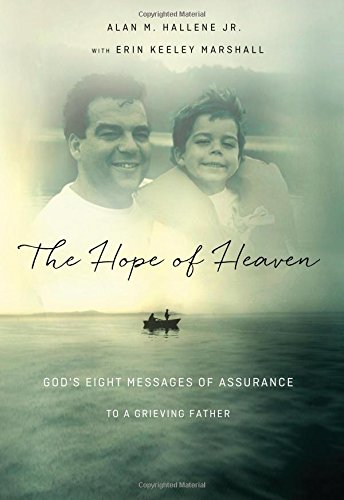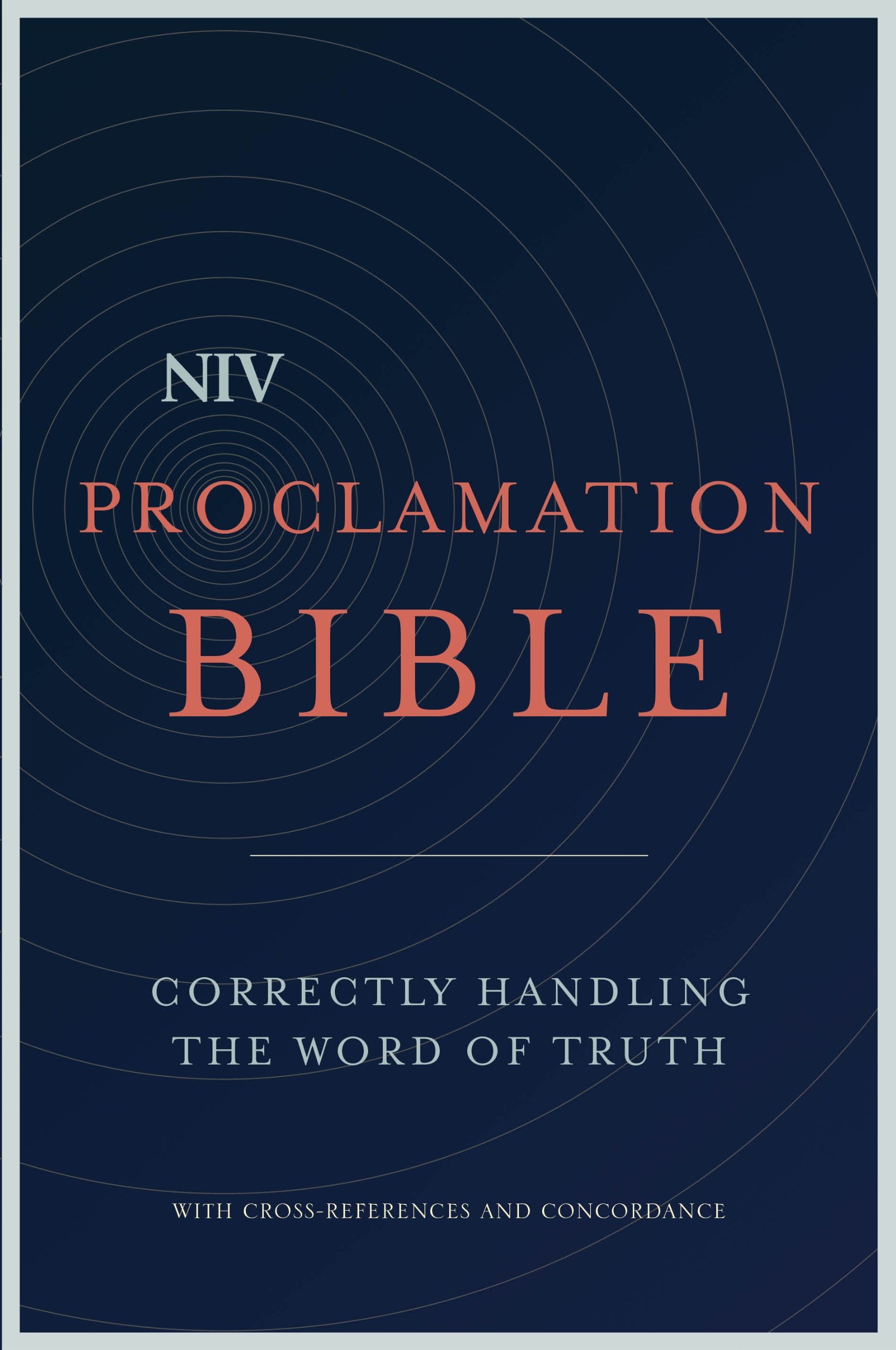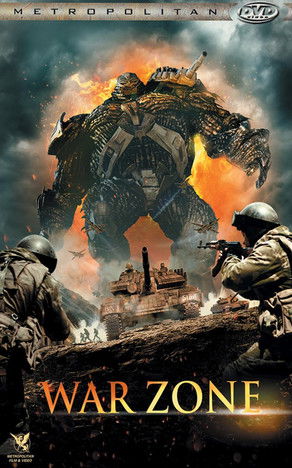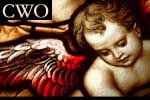The Beauty Inside 2015 South Korea. Yang Film. Directed by Baek Jong-yeol
What a Difference a Day Makes! But this movie involves not time, not space, but the human body and it has the feel of a transgressive fairy tale. Or perhaps it would be more transgressive if it hadn’t played it so safe. I will say though that some folks --especially those who are uncomfortable with non-normative sexual relationships-- might not find it such a safe watch. (This film is based on the original Intel and Toshiba “social” film, which I have not seen so alas, no way for me to compare.)
On his eighteenth birthday, Woo-Jin discovers that he is a monster. He wakes to find that he is not himself. Not externally anyway. He soon realizes that it is his fate to look differently everyday. He wakes not knowing what sex, race, or age he will be. The only way he can keep any one face is to not go to sleep. But sooner or later sleep overtakes him and he awakes to a new self. One can imagine that this could be a problem. He lives an isolated life as a furniture maker with only his mother and his best friend privy to his secret.
Then one day he falls in love. At first he is content to simply visit Yi Soo, the object of his affection everyday. Since he looks like a different person, he can just pretend to be a customer. But after a while, he decides to show her who he is. After the initial shock -- and worry that she is dealing with a nutcase-- Yi Soo accepts him. But this acceptance takes a toll on her mental health and on her reputation. After all, her co-workers think of her as a man who sees a different man every day. And the poor girl only knows who her boyfriend is when he takes her hand in the morning or when he emails a photo of himself in the morning. We come to understand that although human love is based on the beauty inside, there is comfort in the routine of seeing the same person’s face everyday.
So then, the safety and discomfort factor. True, there are scenes where we see two girls lying in a bed caressing each other’s faces but that’s pretty much it. Not that I wanted a full-on gay sex scene but if the filmmakers are going to challenge society, they really should step up and make some of us conservative folks in the audience cringe or cover our eyes. But perhaps some conservative folks in Korea had that reaction. It would’ve been neat too to have an interracial kiss on one of the days when our hero is a Black person. Heck, I wouldn’t have minded a scene showing him as a Black person walking around town. But the biggest problem in this incredibly sweet and wonderful angsty movie is how incredibly sweet and wonderful and angsty it is. And you know what that means, don’t you? While there are the occasional ugly, old, plain, middle-aged folks thrown in as our main lead, the guys who play our heroes are all incredibly hot and gorgeous. Korea’s culture of beauty obsession is not challenged at all. So, how can one dislike a movie when all of one’s favorite Korean stars are in it? Highly recommended. I suppose the film does say something about love and appearances. I just don’t know what. But it is beautiful and touching to watch. This film is showing in art theaters.
What a Difference a Day Makes! But this movie involves not time, not space, but the human body and it has the feel of a transgressive fairy tale. Or perhaps it would be more transgressive if it hadn’t played it so safe. I will say though that some folks --especially those who are uncomfortable with non-normative sexual relationships-- might not find it such a safe watch. (This film is based on the original Intel and Toshiba “social” film, which I have not seen so alas, no way for me to compare.)
On his eighteenth birthday, Woo-Jin discovers that he is a monster. He wakes to find that he is not himself. Not externally anyway. He soon realizes that it is his fate to look differently everyday. He wakes not knowing what sex, race, or age he will be. The only way he can keep any one face is to not go to sleep. But sooner or later sleep overtakes him and he awakes to a new self. One can imagine that this could be a problem. He lives an isolated life as a furniture maker with only his mother and his best friend privy to his secret.
Then one day he falls in love. At first he is content to simply visit Yi Soo, the object of his affection everyday. Since he looks like a different person, he can just pretend to be a customer. But after a while, he decides to show her who he is. After the initial shock -- and worry that she is dealing with a nutcase-- Yi Soo accepts him. But this acceptance takes a toll on her mental health and on her reputation. After all, her co-workers think of her as a man who sees a different man every day. And the poor girl only knows who her boyfriend is when he takes her hand in the morning or when he emails a photo of himself in the morning. We come to understand that although human love is based on the beauty inside, there is comfort in the routine of seeing the same person’s face everyday.
So then, the safety and discomfort factor. True, there are scenes where we see two girls lying in a bed caressing each other’s faces but that’s pretty much it. Not that I wanted a full-on gay sex scene but if the filmmakers are going to challenge society, they really should step up and make some of us conservative folks in the audience cringe or cover our eyes. But perhaps some conservative folks in Korea had that reaction. It would’ve been neat too to have an interracial kiss on one of the days when our hero is a Black person. Heck, I wouldn’t have minded a scene showing him as a Black person walking around town. But the biggest problem in this incredibly sweet and wonderful angsty movie is how incredibly sweet and wonderful and angsty it is. And you know what that means, don’t you? While there are the occasional ugly, old, plain, middle-aged folks thrown in as our main lead, the guys who play our heroes are all incredibly hot and gorgeous. Korea’s culture of beauty obsession is not challenged at all. So, how can one dislike a movie when all of one’s favorite Korean stars are in it? Highly recommended. I suppose the film does say something about love and appearances. I just don’t know what. But it is beautiful and touching to watch. This film is showing in art theaters.























